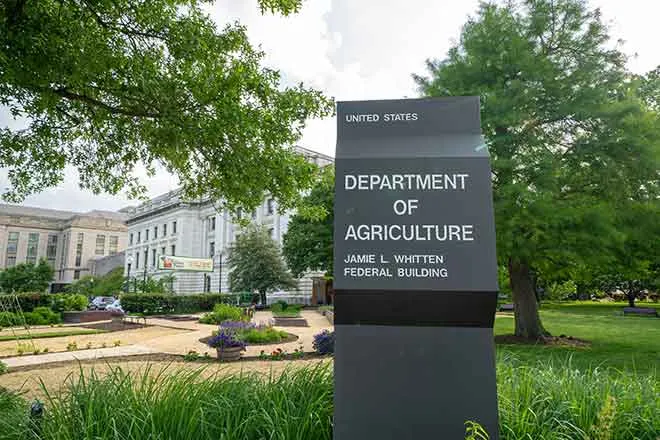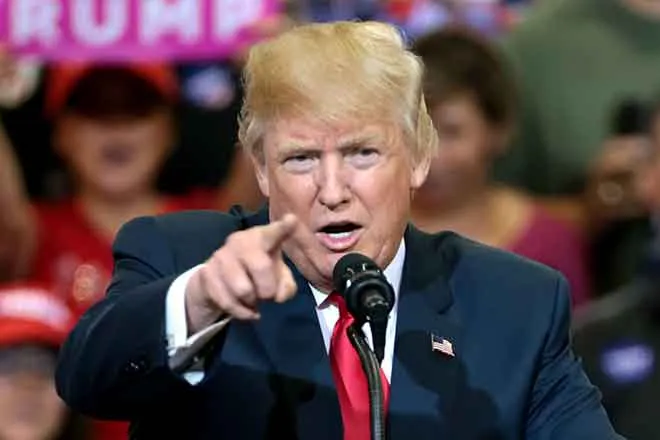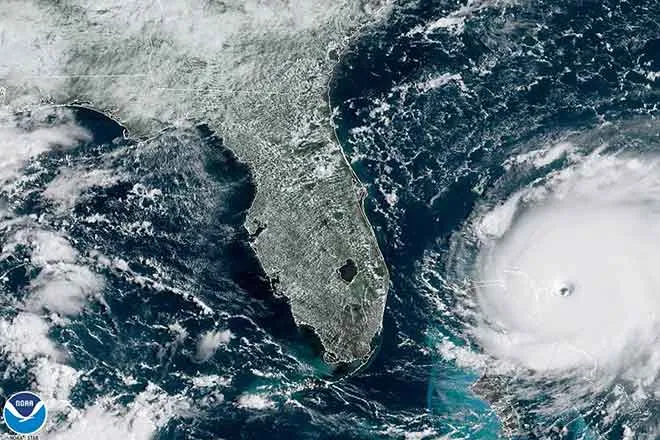
MLB’s new collective bargaining agreement fails to address players’ biggest grievances
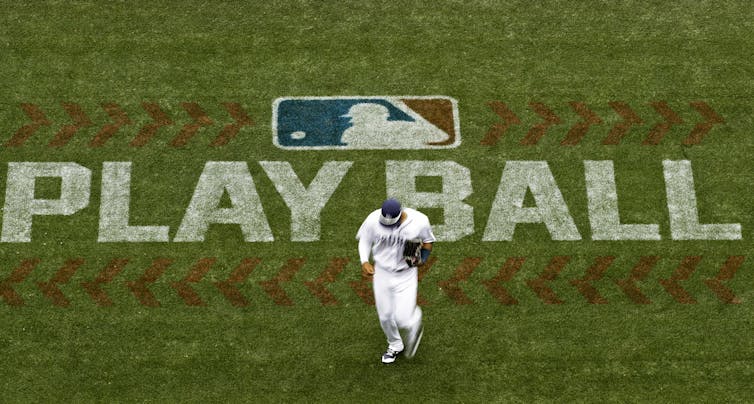
Victor Matheson, College of the Holy Cross
“People ask me what I do in winter when there’s no baseball,” second baseman Rogers Hornsby once said. “I’ll tell you what I do. I stare out the window and wait for spring.”
For a while, it was looking like the start of spring would come and go without any baseball on the horizon.
But just when fan morale was at its nadir, Major League Baseball announced a five-year agreement with its players, ending the second-longest labor interruption in MLB history. Now, April 7, 2022 will serve as most teams’ Opening Day.
Sports economists like me have long studied labor disruptions in sports. In this dispute – the first major one in baseball since the mid-1990s – player grievances largely centered on two issues: the length of time it takes them to reach free agency and the lack of a payroll floor. Both policies suppressed their salaries despite the fact that league revenues have grown in recent years.
The new collective bargaining agreement takes some important steps towards correcting these problems. But it mostly just pushes the big issues another five years down the track. The deal also leaves baseball players with a fundamentally different – and very likely worse – arrangement than their counterparts in the other major American sports leagues.
The indentured servants of pro sports
MLB requires players to be on a big league roster for six years before they’re allowed to hit free agency and negotiate a salary with any team of their choosing. In the NBA and NFL, players only need to play for four years before they become free agents. And unlike football and basketball – sports in which players usually go straight from college to the pros – baseball players often spend several years in the minor leagues before getting called up to the Show. Those seasons don’t count towards the required service time for free agency.
Therefore, many players don’t get the right to freely negotiate for their services until they are in their late 20s or early 30s – ages at which many players are already past their prime.
In the period before free agency, players are bound to teams in ways that allow the teams to underpay them relative to their contributions to team success both on the field and for the team’s bottom line. For example, because he was only in his second season in the league, the Cleveland Guardians’ Shane Bieber earned just US$231,000 in the pandemic-shortened 2020 season, despite winning the American League’s Cy Young Award as the league’s best pitcher. In a market where he could freely negotiate for his services, Bieber would have likely earned in excess of $20 million. But he won’t actually get the right to earn market value for his talents until 2025, at which point he will be nearly 30 years old.
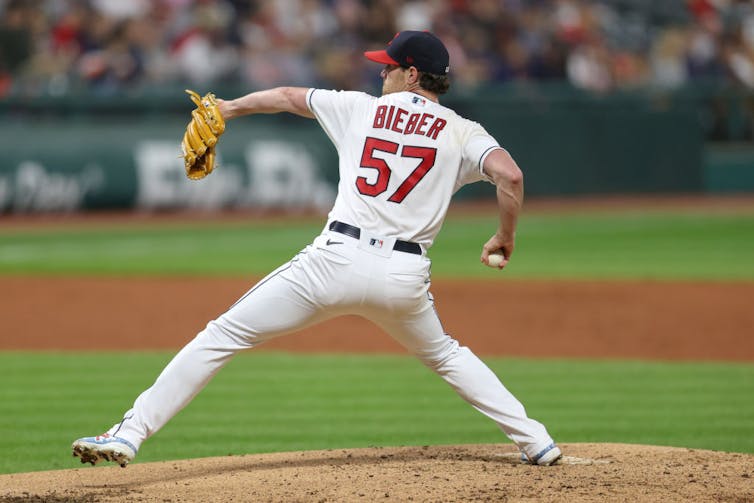
Since most players’ MLB careers are shorter than six years, the majority of players never make it through “lean” years to that big free agency payoff.
These free agency rules remain unchanged in the new agreement, although the league’s minimum salary has been increased from $570,500 to $700,000 and will grow to $780,000 by the end of the deal. Another $50 million will be distributed each season to players who have yet to reach salary arbitration, a system that grants pre-free agency players at least some level of bargaining power with their existing team. In addition, the agreement includes incentives to encourage teams to bring up players from the minor leagues somewhat earlier, which should result in some players achieving free agency at a younger age.
While these are welcome additions that will increase wages for MLB’s lowest paid players by about 40%, the new amounts allocated to players still total less than 1% of MLB’s annual revenue.
A soft cap – and no floor
The MLB is also unique in that players are not entitled to specified percentages of league revenues, and teams are not required to spend a minimum amount on payroll. The new agreement does little to change this structure.
In the NFL, for example, organizations must spend at least 48% of league revenue on player compensation and individual teams have a salary cap of $208.2 million in 2022. They’re also obligated to spend at least 89% of the cap on salaries over the course of several seasons, which effectively creates a salary floor of roughly $185 million.
MLB revenues rose 15%, from $9.03 billion in 2016 to $10.37 billion in 2019 while the average salary remained flat at $4.38 million, indicating that players were taking home a smaller piece of the economic pie.
While revenue took a huge hit in 2020 due to the COVID-19, some data suggest that revenues in 2021 largely recovered to their pre-pandemic levels while average salaries fell nearly 5%. On top of that, the average figures are distorted by record-breaking contracts from just a handful of superstars. The median salary of an MLB player fell from $1.65 million in 2015 to $1.15 million in 2021 – a decline of over 30%. Over half of all players earn at or near the league’s minimum salary since they are ineligible for either free agency or arbitration.
While MLB doesn’t have a salary cap that limits what teams can spend on players, it does have a luxury tax that penalizes teams that spend more than a certain amount on payroll. The luxury tax, which effectively serves as a soft salary cap, is set to increase from $210 to $230 million in the new agreement, and will rise to $244 million by 2026.
However, since only eight teams exceeded the threshold even once between 2003 and 2019 – and only the Red Sox, Yankees and Dodgers have paid the luxury tax on a regular basis – this increase is unlikely to have a substantial impact on the wages paid to the typical player.
Most importantly, MLB teams – unlike their counterparts in other sports – have no salary floor. Teams like the Orioles, Pirates and Marlins spend less on their entire active rosters than some other teams spend on a single starting pitcher. These teams cycle through underpaid young players and then let them sign elsewhere when they’re eligible for free agency. Although these teams tend to be wildly unsuccessful on the field and at the ticket office, generous revenue sharing arrangements with the league still allow them to make money.
Nothing in the new agreement changes the incentives for these teams or provides relief for their long-suffering fans.
Owners had time on their side
To me, the owners’ strategy was transparent. They knew the players had legitimate grievances that might result in a strike later in the season, so they wanted to force concessions as soon as possible knowing that the players’ bargaining power would rise as the season progressed. A players strike right before playoffs in the fall would have inflicted the maximum pain on the owners.
Time was always on the owners’ side: their careers as owners tend to be much longer than those of players, whose bodies are always aging.
Baseball junkies will notice several cosmetic changes to the game right away: an expanded postseason, sponsor advertisements on jerseys and a designated hitter in the National League. The agreement also opens the door for rule changes in 2023 that include larger bases, limits on defensive shifts and a pitch clock. Other than some real improvements to the salaries for the league’s lowest paid players, however, the economics of baseball’s underlying labor model remains as flawed as ever.
Nevertheless, for this summer – and for the next five years, at least – fans will be able to grab their peanuts and Cracker Jack and head out to the old ballgame.
[More than 150,000 readers get one of The Conversation’s informative newsletters. Join the list today.]![]()
Victor Matheson, Professor of Economics and Accounting, College of the Holy Cross
This article is republished from The Conversation under a Creative Commons license. Read the original article.


